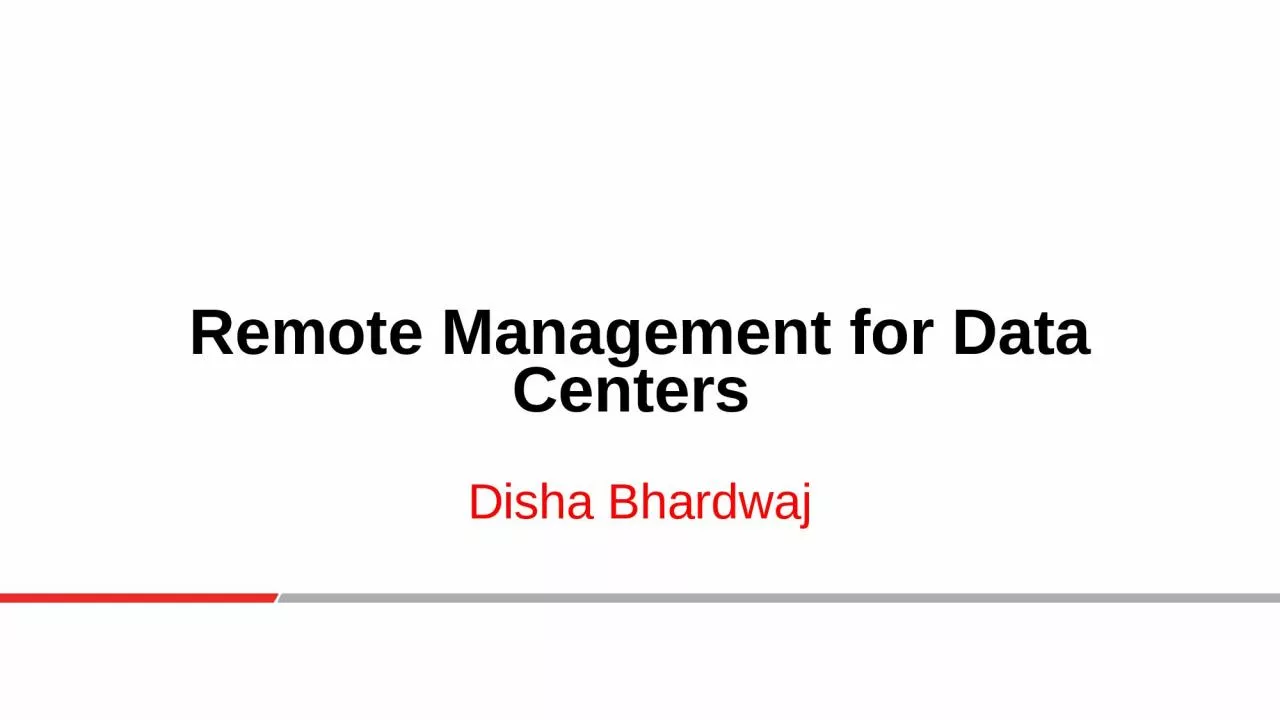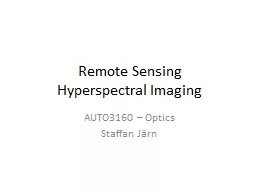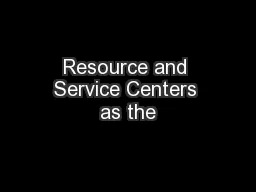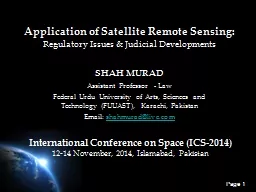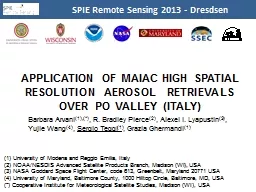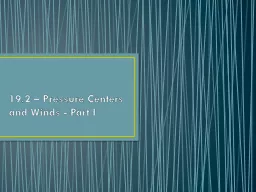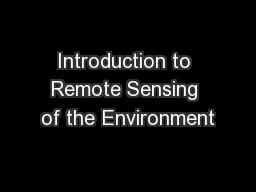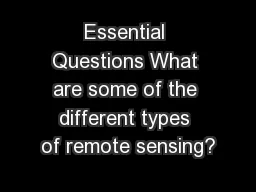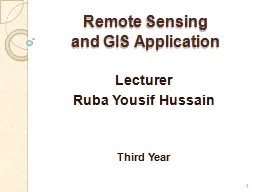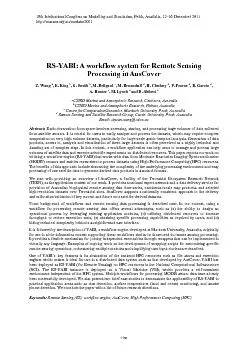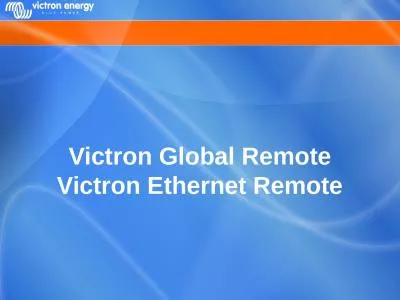PPT-Remote Management for Data Centers
Author : hadley | Published Date : 2024-02-02
Disha Bhardwaj Managing Your Storage Space using maxView Enterprise Manager Clip 1b Hello and welcome to this video on how maxView Storage Manager helps you to
Presentation Embed Code
Download Presentation
Download Presentation The PPT/PDF document "Remote Management for Data Centers" is the property of its rightful owner. Permission is granted to download and print the materials on this website for personal, non-commercial use only, and to display it on your personal computer provided you do not modify the materials and that you retain all copyright notices contained in the materials. By downloading content from our website, you accept the terms of this agreement.
Remote Management for Data Centers: Transcript
Download Rules Of Document
"Remote Management for Data Centers"The content belongs to its owner. You may download and print it for personal use, without modification, and keep all copyright notices. By downloading, you agree to these terms.
Related Documents

